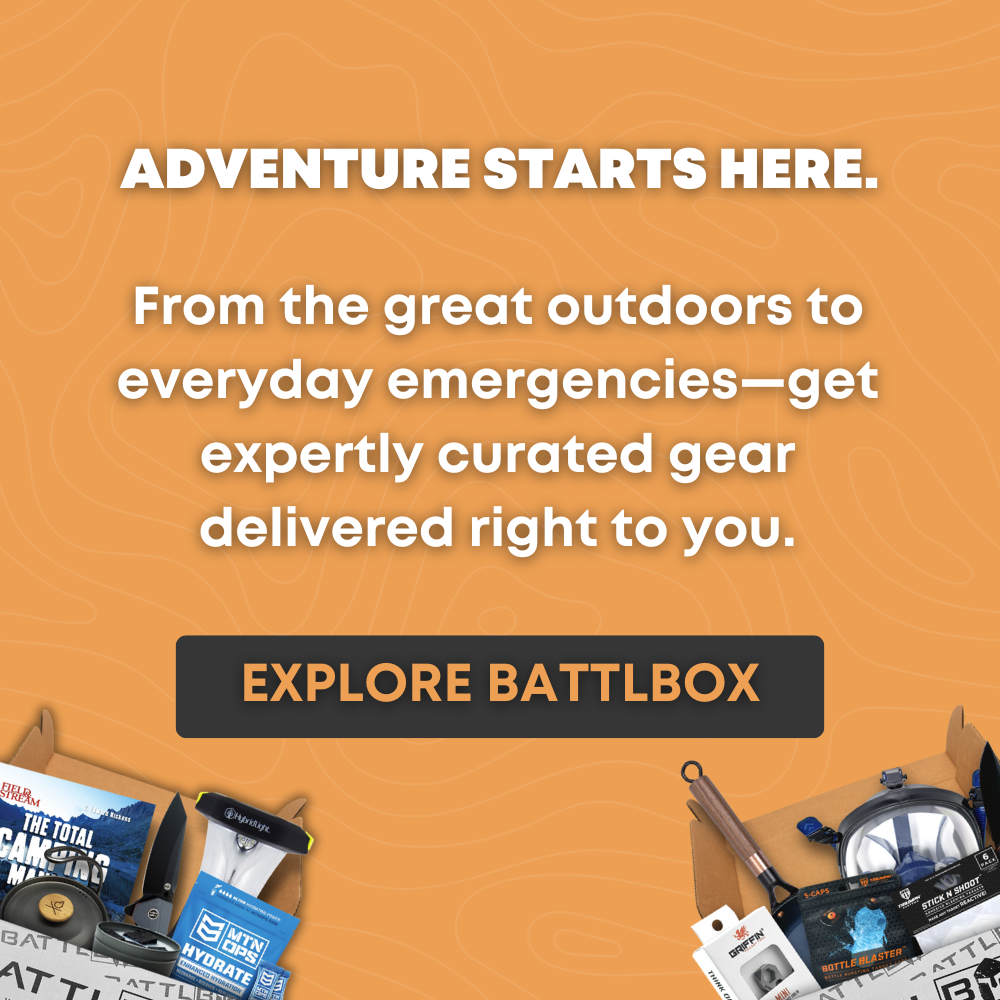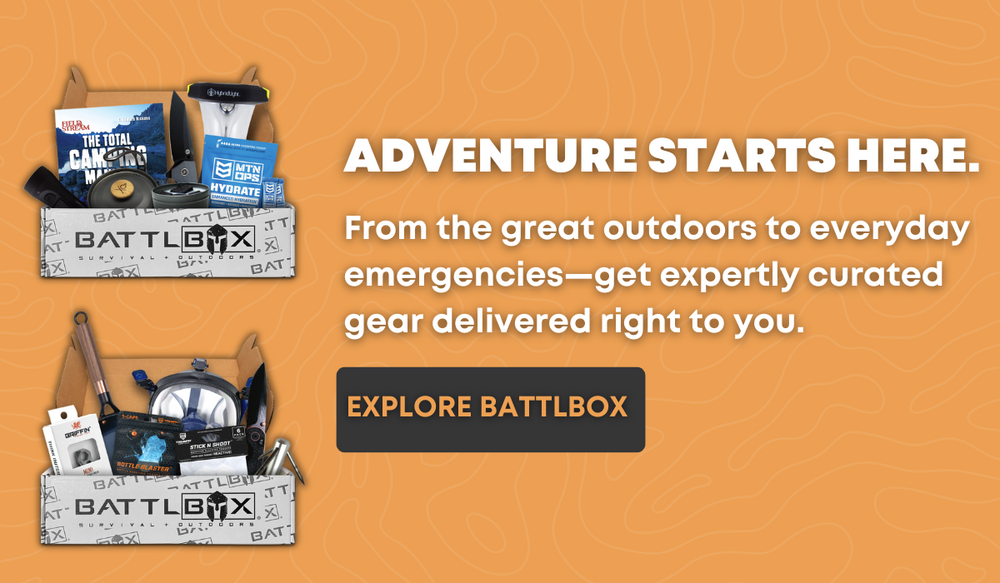Luke Bagley
How to find safe food out in the wild - Most common edible plants
A long wilderness expedition means you must find safe food resources there. You must learn how to search for food, medicinal herbs, and plants in the wild to survive. On wilderness expeditions and long camping excursions, people rely on foraging for survival and food while adventuring in nature. During this time, knowing how to find safe food and recognizing edible plants can be potentially life-saving skills.
Ways to find safe food in the wild to survive
Do you want to learn efficient techniques to find safe food in the wild or recognize common edible plants? Here we have enlisted some of the best options you must consider in this regard.
So, here we go:
Recognize the right berries
Berries are always rich in fiber, vitamins, and carbohydrates. Fortunately, aggregate berries are 99% edible globally. While black, blue, and purple berries are about 90% edible. Red and orange berries are 50% consumable. However, you should avoid consuming green, yellow, and white berries.
Insects are usually safer than bugs.
Insects usually are a higher source of protein than ground beef. More importantly, these are safer to consume than bugs and are easier to catch than other small games. If you are in a wilderness survival condition, you can consider catching safe to consume insects. These can be a good food source for consuming and surviving any situation. Some common safe-to-consume and easily identifiable insects include mealworms, earthworms, crickets, ants, and grasshoppers.
Important Note:
If you have grasshoppers to eat, you must remove their wings and legs first. This way, it will be safe to consume grasshoppers. Similarly, in the case of ants, they prefer to boil these first. This one may be obvious, but never choose fire ants as your food source in the wild.
Find edible greens in the wild.
Many people in the wild prefer focusing on animals for food. Although protein is important to survive, and edible greens can be more prevalent. The edible greens are an essential source of nutrients you need to sustain energy.
Therefore, you must know about the common fruit trees and wild nuts available in the area where you’re traveling. These can be the best and easiest food source in the wild. Most importantly, knowing edible greens, wild nuts, and fruits are usually enough food sources for an entire excursion.
There are numerous wild plants you can eat. However, it’s always important to do your research before foraging in the wild. There is a long list of flora that humans should avoid consuming.
Tips for recognizing edible plants in the wild
Here are some of the key tips that you must consider to recognize edible plants in the wild to survive:
- Check out the common poisonous traits of plants and mushrooms.
- Perform a skin or taste test.
- Eat it in a small quantity to see if you can digest it.
- Take precautions, use your best judgment and common sense
Learn to be familiar with common poisonous sources
Distinguishing between edible mushrooms and berries can be daunting. There exist some basic common poisonous plants you must stay away from. You must understand how to recognize common toxic plants. These plants usually contain an urushiol chemical that’s hard to remove from the skin.
Tips for locating poisonous greens’ characteristics
Here we have some key characteristics that can help you to locate poisonous greens:
- Plants with latex and milky sap oozing out of stems, leaves, and branches are toxic and can cause allergies.
- Spines and fine hairs are also an indicator to stay away.
- Flower clusters of umbrella shape also contain high toxicity and must be avoided.
- Waxy leaves are also an indicator.
Learn primitive fishing.
Fishing is a skill that can let you obtain a good food source. Therefore, it is always better to learn primitive fishing techniques. Also, learn about any fishing source available in the place you are heading. This will be a great food source rich in protein. Following the correct safety precautions and using suitable tools are important to avail of the opportunity. So, be prepared accordingly.
Hunting animals can also be a good food source.
Learn how to hunt animals to get a greater source of food. For this, you need to get your spear and bow ready for serious hunting. Always remember that this can be a difficult method to procure food. It takes skills and practice to hunt in any possible setting.
Although hunting animals is difficult, locating them can also be a real challenge. Animals are usually skilled in hiding themselves from humans for their safety. Therefore, you must be stealthy exceptionally to accomplish a hunting task.
Common Edible Plants you must know.
Knowing about some of the most common edible plants is a must to survive the wilderness. Here we have enlisted the most common edible plants you must know in this regard.
So, here we go:
- Amaranth is a native edible plant to Americans and can also be found on most continents. Although you can eat all parts of this plant, avoid the leaves having spines. Or boil these leaves to remove them.
- Chickweed is an herb common in the arctic and temperate zone. This herb has hefty leaves, occasionally with small white flowers. These contain high minerals and vitamins and edible raw or boiled.
- Dandelion is a plant that can be lifesaving out in the wild. The entire plant is edible, including flowers, roots, leaves, etc. Prefer eating young leaves. Mature leaves taste bitter. Also, be sure to boil roots before eating.
- Fireweed is a pretty plant that’s common to find in Northern Hemisphere. The purple flowers of fireweed make it recognizable quickly. This edible plant is a rich source of vitamin C and A. Flowers, seeds, and leaves are consumable.
- Sheep Sorrel is native to Asia and Europe and naturalized in North America. You can commonly find this weed in woodlands, grasslands, and fields. You can eat its young leaves that have a tart flavor. However, overconsumption of this plant must be avoided.
Final Thoughts
In a wilderness survival condition, procuring safe food resources is essential. Otherwise, it would become difficult to maintain energy and accomplish important tasks. These tasks may include anything from collecting water to building shelters. So, consider the ways we have mentioned above to find safe food sources out in the wild.
Image by Šárka Jonášová from Pixabay
Share on:

















